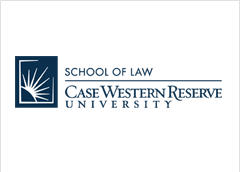Recommended Citation
M. Alexander Pearl,
Green Colonialism: Sidelined While on the Front Lines,
56 Case W. Res. J. Int'l L.
95
(2024)
Available at:
https://scholarlycommons.law.case.edu/jil/vol56/iss1/8
Abstract
The United Nations General Assembly recently unanimously adopted a resolution recognizing the “right to a clean, healthy and sustainable environment as a human right.” in July, 2022. ... The resolution was heralded by U.N. Environment Programme (UNEP) Executive Director Inger Andersen as a “victory for people and the planet,” and it was described as a catalyst for action by U.N. Special Rapporteur on Human Rights and the Environment David Boyd. ... Boyd went on to say that the resolution could encourage States “to enshrine the right to a healthy environment in . . . constitutions and regional treaties.”... This short essay examines this resolution as it relates to Indigenous peoples worldwide, but with a particular focus on Native Nations in the United States. Despite the landmark nature of the resolution’s recognition of the right to a healthy environment, significant questions remain about methods of implementation and of engaging Indigenous peoples, participation by Indigenous peoples in that process, and the possibility of competing interests between Indigenous peoples and environmental protection.
